Your “comfort zone” is a psychological, emotional, and behavioural construct. It’s what’s familiar to you and what feels safe—your regular habits and routines. When you’re in your comfort zone, you experience low stress and anxiety levels. In your comfort zone, there’s little to no risk.
Business management theorist Alasdair White made some critical observations on comfort zone in his paper titled “From Comfort Zone to Performance Management.” He commented
The comfort zone is a behavioural state within which a person operates in an anxiety-neutral condition, using a limited set of behaviours to deliver a steady level of performance, usually without a sense of risk.
White defined a zone where we perform at our best and Is often outside our comfort zone. He referred to it as the Optimal Performance Zone. He noted that, provided there is no change in the ‘anxiety’ or skills applied, the level of performance will remain constant. Equally, if there is a change in the ‘anxiety’ or the skills applied, then a change in performance will result – either upwards or downwards.
Since a performance-boosting increase in anxiety is, in performance management terms, a good thing, we can define this state of arousal as being the ‘optimal performance zone’, while we would define a level of anxiety that causes deterioration in performance as being a bad thing or a ‘danger zone’.
Our natural state as humans is homeostasis – the tendency toward a relatively stable equilibrium between interdependent elements, primarily maintained by physiological processes. We tend to move towards the path of least resistance, and we strive to avoid pain and discomfort. In your comfort zone, you do the least required in school, work, gym, association and how you live life. Doing the same thing the same way and expecting a different result is the definition of insanity.
Life is like an onion, the more you peel it the greater your understanding on life. The layers represent you throughout your stages in life so peeling back a layer allows you to see more then as we peel back more layers we can see a greater picture forming ahead of us.
You would have to move from your comfort zone to your growth zone to get a different result in life. The growth zone is where the transformation and progress reside. On the other side of fear is where your greatness lies; to become a different version of yourself require challenging yourself consistently, embracing discomfort, being open to failing and learning from your mistake. As American author John A. Shedd quipped, “A ship in harbour is safe, but that is not what ships are built for.” We all have greatness inside us, but we must bring it out. Our life’s purpose is like a hidden treasure or a locked phone screen; you must explore beyond what is required/find the passcode to unlock it.
A ship in harbour is safe, but that is not what ships are built for. – John A. Shedd
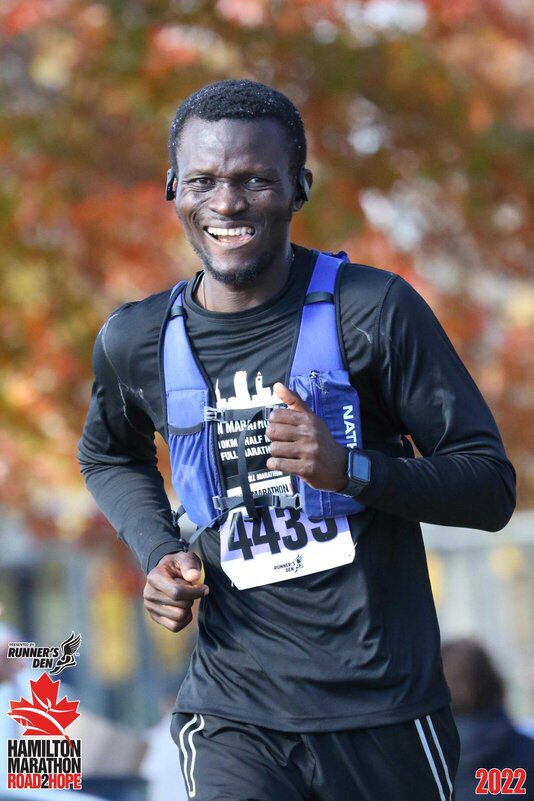
I strive to challenge myself consistently by running multiple marathons yearly – Six in 2022 and aiming for ten in 2023. Training for a marathon is challenging, but it is one of the process’s most exciting parts: the life lessons and the joy of finishing. I have been averaging 10 KM+ daily in the past few weeks as I am training for the second part of the 10 Canadian Province challenge. Running these marathons is a great way to set stretch goals, such as running sub-40 minutes for a 10KM or running the qualifying time for Boston Marathon for my age group (3 hrs 05min 00sec). My personal best for a 42.2KM marathon is 3 hrs 44 minutes, and I am working daily to reduce the time.
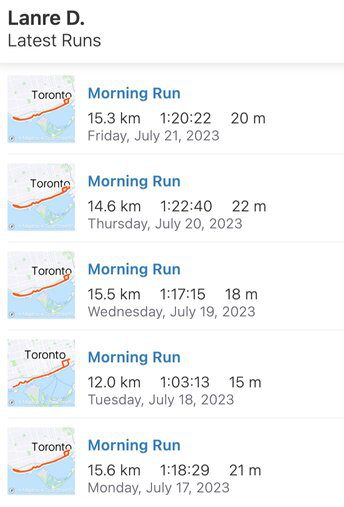
The greatest danger for most of us is not that our aim is too high and we miss it, but that it is too low and we reach it.
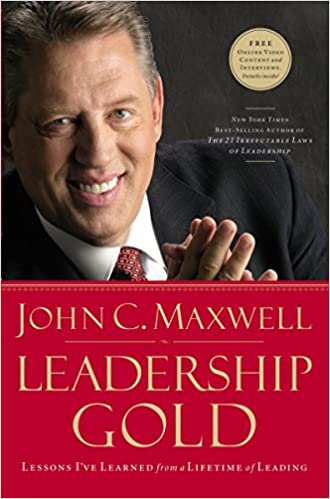
Author John C Maxwell observed that we live in three zones 1
The Challenge Zone: “I attempt to do what I haven’t done before.”
The Comfort Zone: “I do what I already know I can do.”
The Coasting Zone: “I don’t even do what I’ve done before.”
“Sad is the day for any man when he becomes absolutely satisfied with the life he is living, the thoughts that he is thinking and the deeds that he is doing; when there ceases to be forever beating at the doors of his soul a desire to do something larger which he seeks and knows he was meant and intended to do.” – Abraham Lincoln
Everyone starts out in the challenge zone. As small babies, we have to learn to eat, talk, and walk. Then we go to school and keep learning. But there comes a time in every person’s life when they no longer have to keep trying new things. This is a pivotal time. For some people it occurs pretty early in life. For others, it comes after they achieve some degree of success. That’s when they decide which zone they will live in: the challenge zone, where they will continue to try new things, explore—and sometimes fail; the comfort zone, where they no longer take risks; or the coasting zone, where they don’t even try anymore. It’s a sad day when a person chooses to leave the challenge zone and stop growing.
As Philips Brooks, the minister who spoke at Abraham Lincoln’s funeral, asserted, “Sad is the day for any man when he becomes absolutely satisfied with the life he is living, the thoughts that he is thinking and the deeds that he is doing; when there ceases to be forever beating at the doors of his soul a desire to do something larger which he seeks and knows he was meant and intended to do.”
“Never let a day pass without looking at some perfect work of art, hearing some great piece of music and reading, in part, some great book.” – German philosopher Goethe
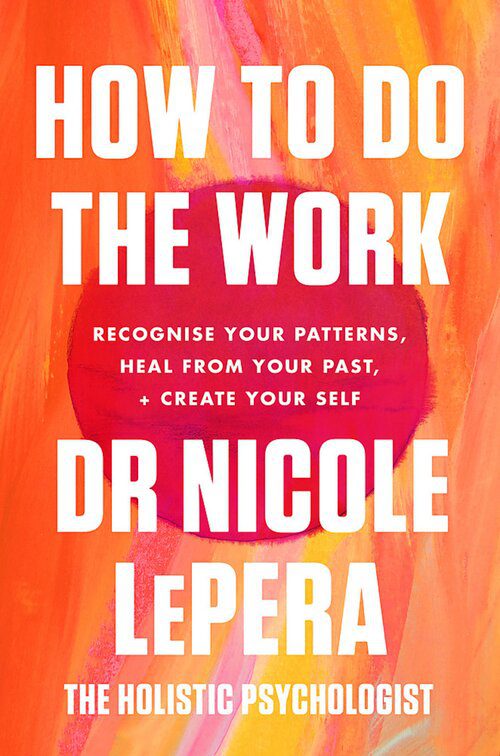
Our brain actually prefers to spend most of its time coasting on autopilot—it is best able to conserve its energy by knowing what to expect.
The subconscious mind loves existing in a comfort zone. 2 The safest place, it turns out, is one you’ve been before because you can predict the familiar outcome. Habits, or behaviors that we repeatedly return to, become the subconscious’s default mode. Our brain actually prefers to spend most of its time coasting on autopilot—it is best able to conserve its energy by knowing what to expect. This is why our habits and routines feel so comforting and why it’s so unsettling and even exhausting when our routines are disrupted. The trouble is, following our conditioned routine keeps us stuck in that routine.”
This gravitation toward the familiar kept our ancient ancestors safe from various threats such as wild animals, food shortages, and hostile enemies. Any behavior that kept us alive—fed and housed—would be repeated and favored by the homeostatic impulse, all without our actively making a choice in the matter. Today in our world of relative comfort (speaking from a developed-world perspective), our minds and bodies have not evolved past that reactive state in which everything unfamiliar or slightly uncomfortable is viewed as a threat.
Every time we make a choice that is outside of our default programming, our subconscious mind will attempt to pull us back to the familiar by creating mental resistance. Mental resistance can manifest as both mental and physical discomfort. It can take the form of cyclical thoughts, such as I can just do this later or I don’t need to do this at all, or physical symptoms, such as agitation, anxiety, or simply not feeling like “yourself.” This is your subconscious communicating to you that it is uncomfortable with the new territory of these proposed changes.
Every time we make a choice that is outside of our default programming, our subconscious mind will attempt to pull us back to the familiar by creating mental resistance.
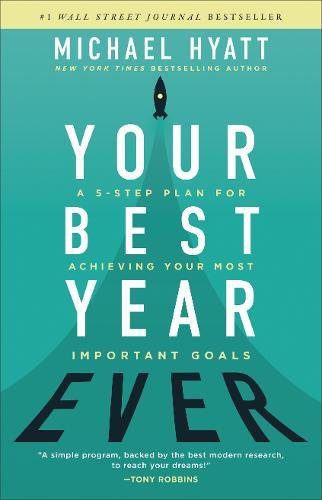
The three zones of Goal Setting are Comfort Zone, the Discomfort Zone, and the Delusional Zone. 3
If we want to win, we need to get beyond our natural urge to play it safe, jump outside our comfort zones, and set some risky goals. Now imagine if that growth goal was more like 20 percent. Delivering that result will require more from you than you currently know how to manage. That’s when growth happens.
The Comfort Zone
We all have dreams for a better future. We set goals for improving our health, our family and friendships, our finances, our work lives, and more. When we start dreaming about the future, however, our aspirations can feel too fragile and too far away. We jump ahead of ourselves and start worrying about how we’re going to achieve those goals. Then, because we let the how overshadow the what, we downgrade our aspiration. We don’t see how we can accomplish more, so we throttle back our vision, convinced our goals must be “reasonable” or “realistic.” We aim low. We settle for less. And what we expect becomes our new reality.
“For a goal to matter, it has to stretch us. That means it has to stand somewhere outside our Comfort Zone. If you know exactly how to attain the goal, it’s probably not far enough.”
The Discomfort Zone
For a goal to be meaningful, its attainment should lie in the Discomfort Zone. You’ll know you’re there when you start feeling emotions we normally consider negative: fear, uncertainty, and doubt. When rightly understood, these supposedly negative emotions work like indicator lights telling us we’ve arrived. When we don’t see the path, or we’re unsure about having what it takes to reach the goal, then we’re closing in on a goal worth trying for.
The Delusional Zone
Some goals are simply impossible and fail to align with the rest of our priorities. They don’t inspire; they ensure failure. Risky goals are a must. That means discomfort is a positive indicator. When you set goals, avoid staying in your Comfort Zone. Be sure to avoid the Delusional Zone too.
“Goals in the Discomfort Zone challenge us and summon our best performance. Goals in the Delusional Zone invite defeat and merely leave us frustrated and discouraged. Set a goal that’s almost delusional and then dial it back a few clicks. Then you land somewhere in my Discomfort Zone.”
When you decide to leave your comfort zone, the closest people around you are going remind you how crazy your ideas are, how it is too dangerous to attempt such a feat; it is impossible, they would say, if it were that easy, someone else would have done it etc. Hearing some of these statements from people you adore is tough, but you need to understand that it is the reality for most of us. People project their fears and insecurity on you, especially when you are moving beyond the stated norm. It is the nature of setting vision and stretching yourself; it would make many people uncomfortable.
All truth passes through three stages. First, it is ridiculed. Second, it is violently opposed. Third, it is accepted as being self-evident. – Arthur Schopenhauer
Tension is uncomfortable. That’s why it sometimes makes people uncomfortable to hear about how things could be. One of the reasons Dr. Martin Luther King, Jr.’s famous “I have a dream” speech made such a huge impact on the world and carved such a vivid place in our cultural memory is that it made the world of August 1963 very uncomfortable. John Lennon painted his vision of a more harmonious world in the song Imagine. Within the decade, he was shot to death. Gandhi, Jesus, Socrates … our world can be harsh on people who talk about an improved reality. Visions and visionaries make people uncomfortable. 4
“Coming out of your comfort zone is tough in the beginning, chaotic in the middle, and awesome in the end, because in the end, it shows you a whole new world. Make an attempt.”
Meditation
- Daily Calm with Tamara Levitt -Boketto: The Beauty of Non-Doing
- For most of us, from the moment we wake, it seems the race is on: we bolt out of bed, rush through our routine and fly out of the door. As we race through our day, we nearly have time to stop and catch our breath because we are so conditioned to keep busy; it can feel tough to stop for a rest and engage in undoing.
- The Japanese word Boketto denotes the art of gazing vacantly into the distance without really thinking about anything specific. It captures the wisdom that we must refresh the mind now and then by giving it time to wander aimlessly.
- Learning how to do nothing is a valuable skill in this life of busyness, intensity and overwhelm. We ain’t machines, so we need to allow our minds to rest and recharge.
Non-doing has nothing to do with being indolent or passive. Quite the contrary. It takes great courage and energy to cultivate non-doing, both in stillness and in activity. Nor is it easy to make a special time for non-doing and to keep at it in the face of everything in our lives which needs to be done. – Jon Kabat-Zinn
- Daily Jay with Jay Shetty : Fixed Schedule Productivity
- Work less, get more: New Zealand firm’s four-day week an ‘unmitigated success’ – Perpetual Guardian founder Andrew Barnes
- Fixed-Schedule Productivity: How I Accomplish a Large Amount of Work in a Small Number of Work Hours – Cal Newport puts out one episode of his podcast per week instead of two.
- Fixed Schedule Productivity: Instead of starting with the tasks you must do, you start by blocking out how much time you have to do them. Instead of saying, “I would have to work late on Thursday, you peer down your to-do list and agonize less about the significant details. When we constantly change our schedule to accommodate our tasks, we blur the boundaries between work and personal time.
- When you focus on time first and task second, you ensure you have space for what matters most.
Podcast
- Nessa Barrett ON: How to Overcome Loneliness & 8 Ways to Heal From a Breakup | 7 Steps To Transform An Anxious Mindset & How To Overcome Worry-Filled Thoughts | On Purpose with Jay Shetty
All the Best in your quest to get Better. Don’t Settle: Live with Passion.
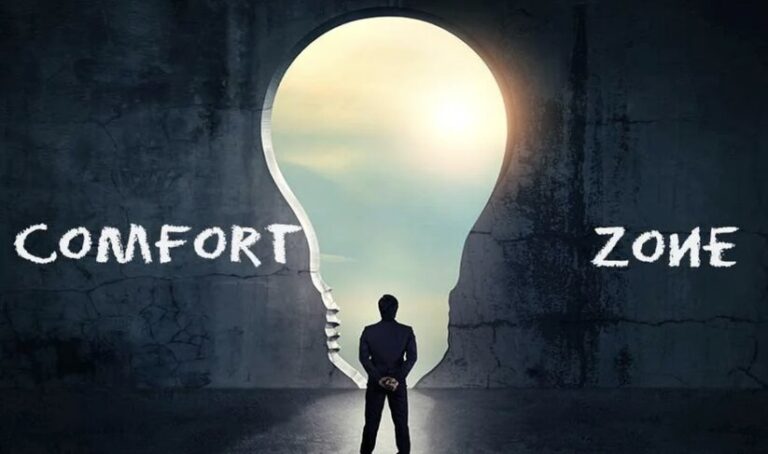
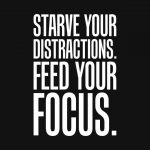

Comments are closed.